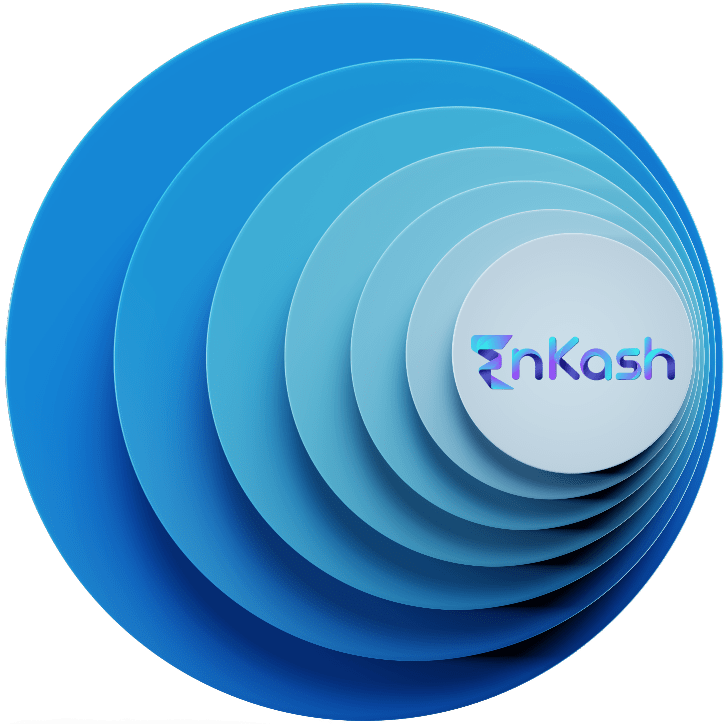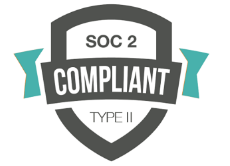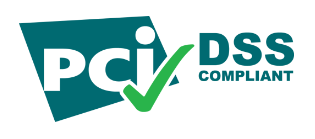Vendor Payment
Faster, Smarter
Vendor Payments
with EnKash
Transform your vendor payments with a single click and get complete control with real-time updates.
Vendor Payment Solution for Better Business Efficiency

Effortless Automation

Secure Transactions
Muti-mode Payments
Your End-to-End
Vendor Payment Portal
Pay Vendors
in Seconds
Eliminate Manual Hassles
Speed Up Approvals
Comprehensive Reconciliation
End-to-End Security
EnKash Products - Making Payments
Smarter
Pay, Approve, Reconcile
How does it work?

1/4


Add Invoices:
Upload invoices in bulk, or sync them directly from your accounting software.
Learn how a Vendor Payments Platform could revolutionize the way you work!
Read Blogs
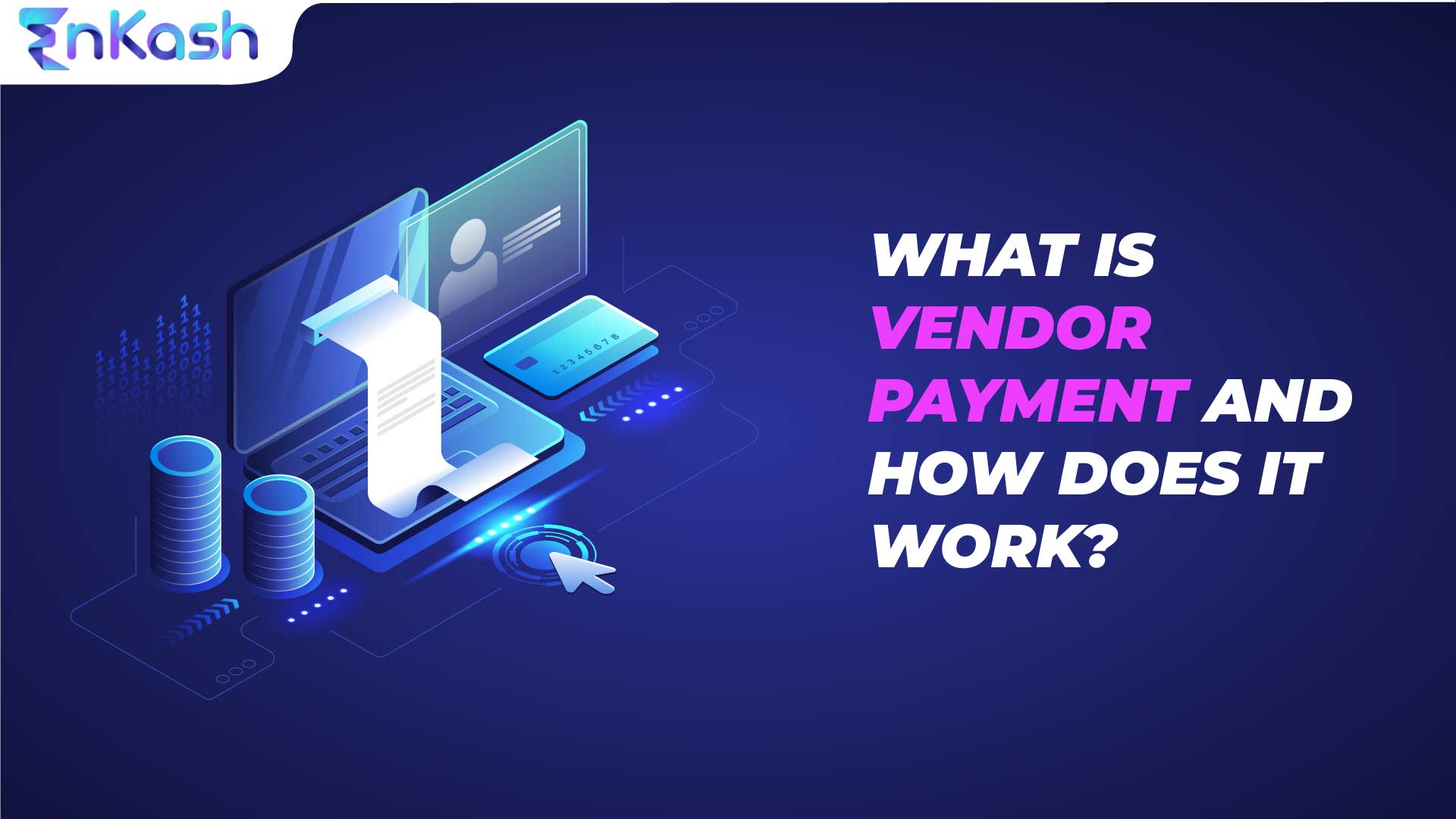
What is Vendor Payment and How Does It Work?
Dec 23, 2022
Accounts payable is a vital part of a firm’s operation and is responsible for processing the payment to the vendors. In addition, it is responsible for making virtual payments that...
Read More
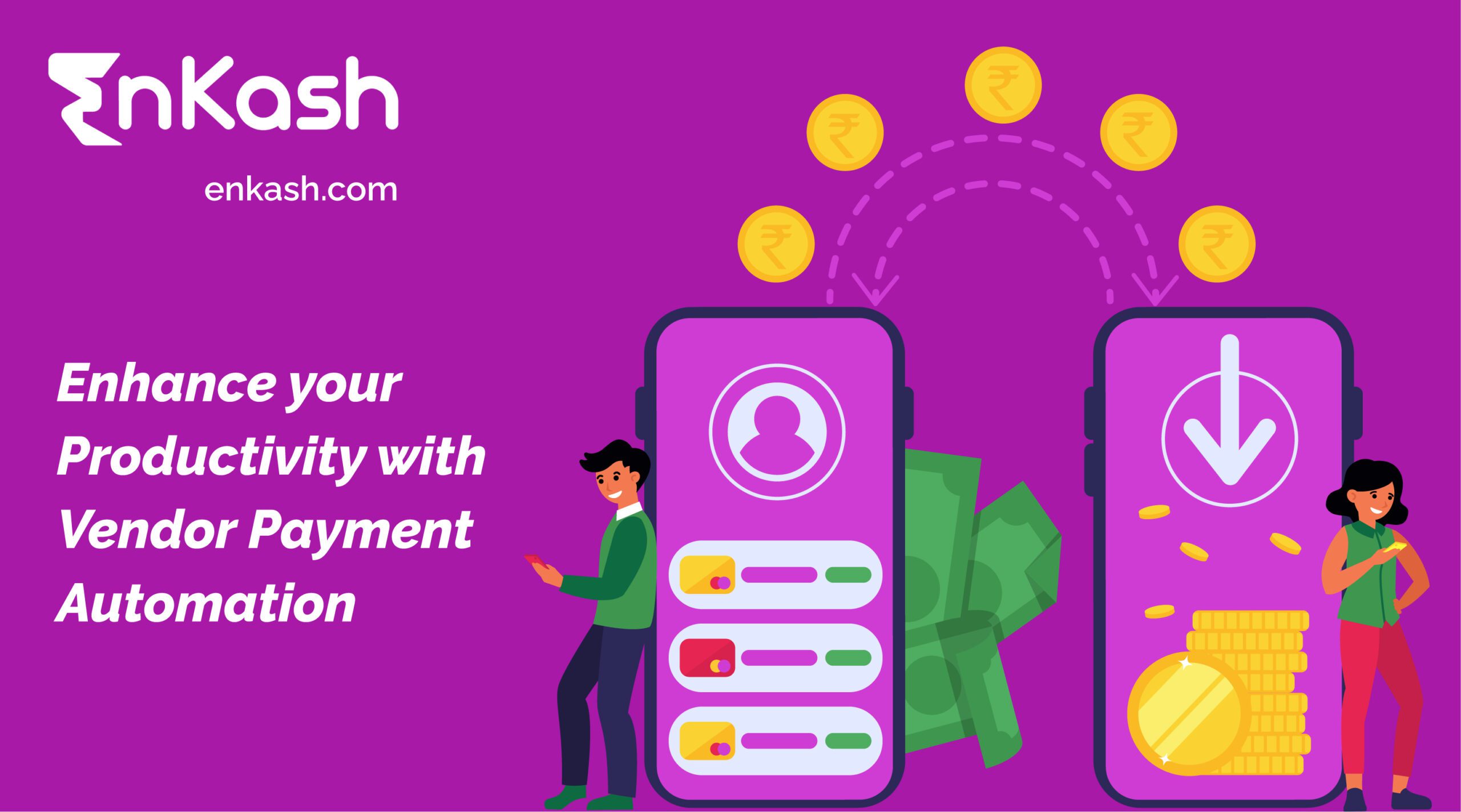
Enhance your Productivity with Vendor Payment Automation
Aug 08, 2023
It is rightly said that one must have a supplier relationship of continuous improvement to create an agile process of procuring to pay process flow and in turn, boost business growth...
Read More
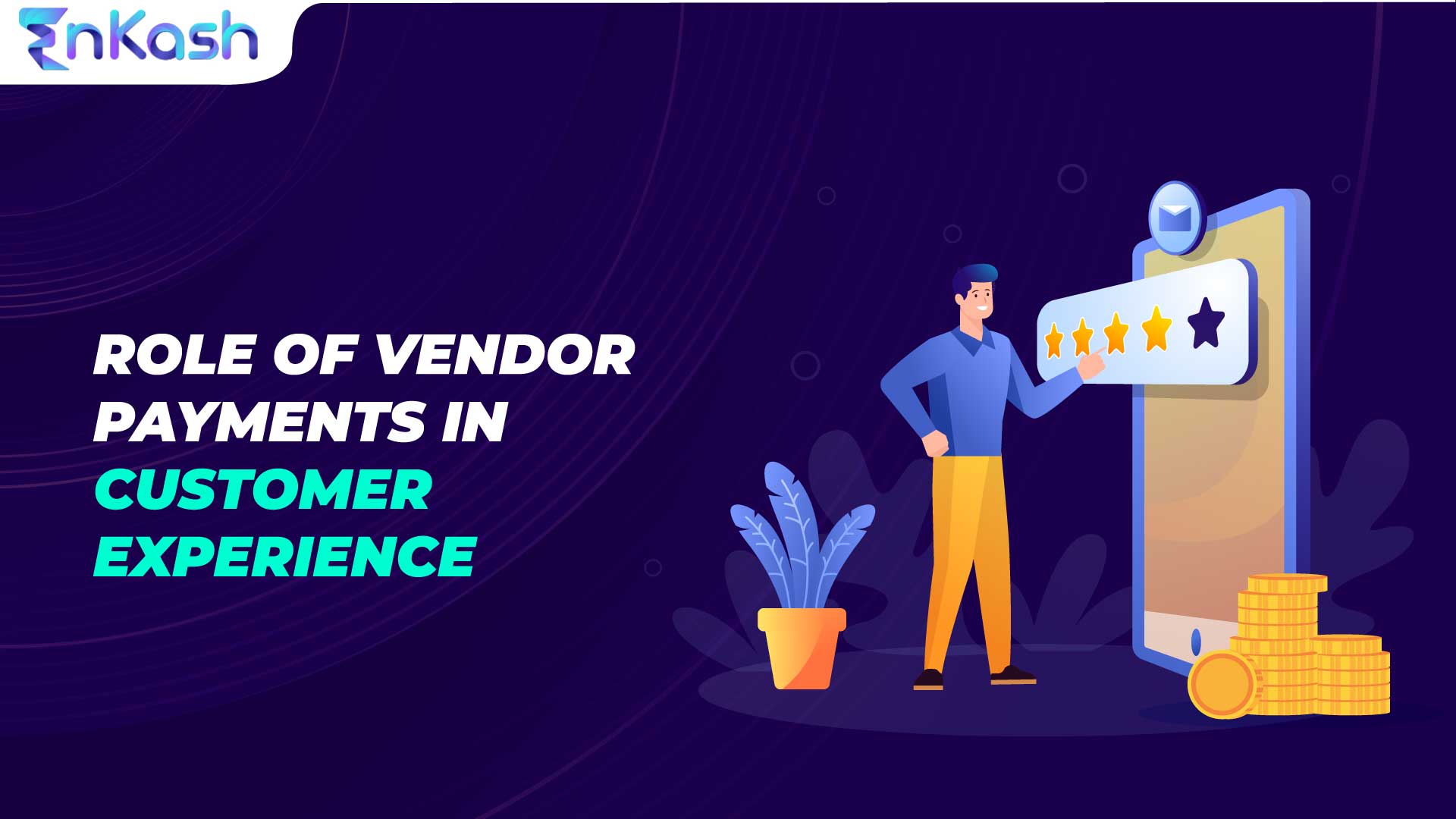
The Role of Vendor Payments in Customer Experience
Aug 10, 2023
If you are a startup, small or medium-sized business, then your main concern is ensuring that you continue to serve your customers seamlessly. As simple as it sounds,...
Read More
Got Questions?
Don't worry! Our FAQs section will help you learn about vendor payment in detail
What is vendor payment?
Vendor payment refers to the process of disbursing funds from a business or organization to its suppliers or vendors in exchange for goods or services that have been provided. It's a critical aspect of the procure-to-pay cycle in business operations. EnKash’s vendor payment solution focuses on helping businesses manage vendors end-to-end. You can use the express pay option for regular and repetitive vendor payments.
Efficient vendor pay systems help organizations maintain strong vendor relationships, optimize cash flow, negotiate favorable payment terms, and ensure compliance with contractual agreements. Automation and integration with financial systems enhance the accuracy and efficiency of the vendor payment process.
How can I pay my vendors through EnKash?
Follow the below steps to make vendor payments via EnKash platform:
Log in to EnKash with valid credentials and complete KYC
Go to Vendor Payments under Olympus and upload invoices
Add maker-checker approval workflow
Select vendor invoices to be paid individually or in bulk with one click with the preferred payment mode
How can I deduct TDS while making vendor payment?
There are three different ways through which TDS on vendor payments can be deducted. The same are mentioned below:
By creating an invoice on the EnKash platform
After uploading a vendor invoice and editing it, or
By syncing your Tally integrated system with the EnKash portal
Who will pay the TDS to the government in case of vendor payment?
TDS (Tax Deducted at Source) is typically deducted and deposited by the person paying the vendor. In the context of vendor payments, the responsibility for deducting TDS and remitting it to the government lies with the party making the payment.
Can I track payment invoices that are paid through cash and cheque?
You can check the status of the vendor payment made in cash and cheque provided you have integrated Tally with EnKash. You cannot track these payments but check their status.
How can I provide vendor payment details to my CA for bookkeeping?
With EnKash, you can allocate the auditor role to your CA while setting the maker-checker approver workflow on the dashboard. This will allow your CA to view all the vendor payments made on the platform.
What is vendor reconciliation?
Vendor reconciliation, also known as supplier reconciliation, is the process of comparing and verifying the financial records and transactions between a company and its vendors or suppliers. The goal of vendor reconciliation is to ensure that the financial statements of both parties align and that any discrepancies or differences are identified and resolved accurately.
Moreover, vendor reconciliation is a critical aspect of maintaining financial integrity, controlling costs, and managing relationships with suppliers. It helps in detecting errors, avoiding overpayments or underpayments, and ensuring that the financial statements accurately represent the company's liabilities and financial position concerning its vendors.
 x
xSeeking further understanding of vendor payments?
Vendor payments are accounts payable or invoices to pay, which refer to compensating suppliers for the goods or services they provide to your business. Maintaining a good relationship with your suppliers while ensuring you don’t have responsibilities for an extended time is possible by managing your vendor payments methodically and timely. This keeps businesses of all kinds running as efficiently & effectively as possible.
